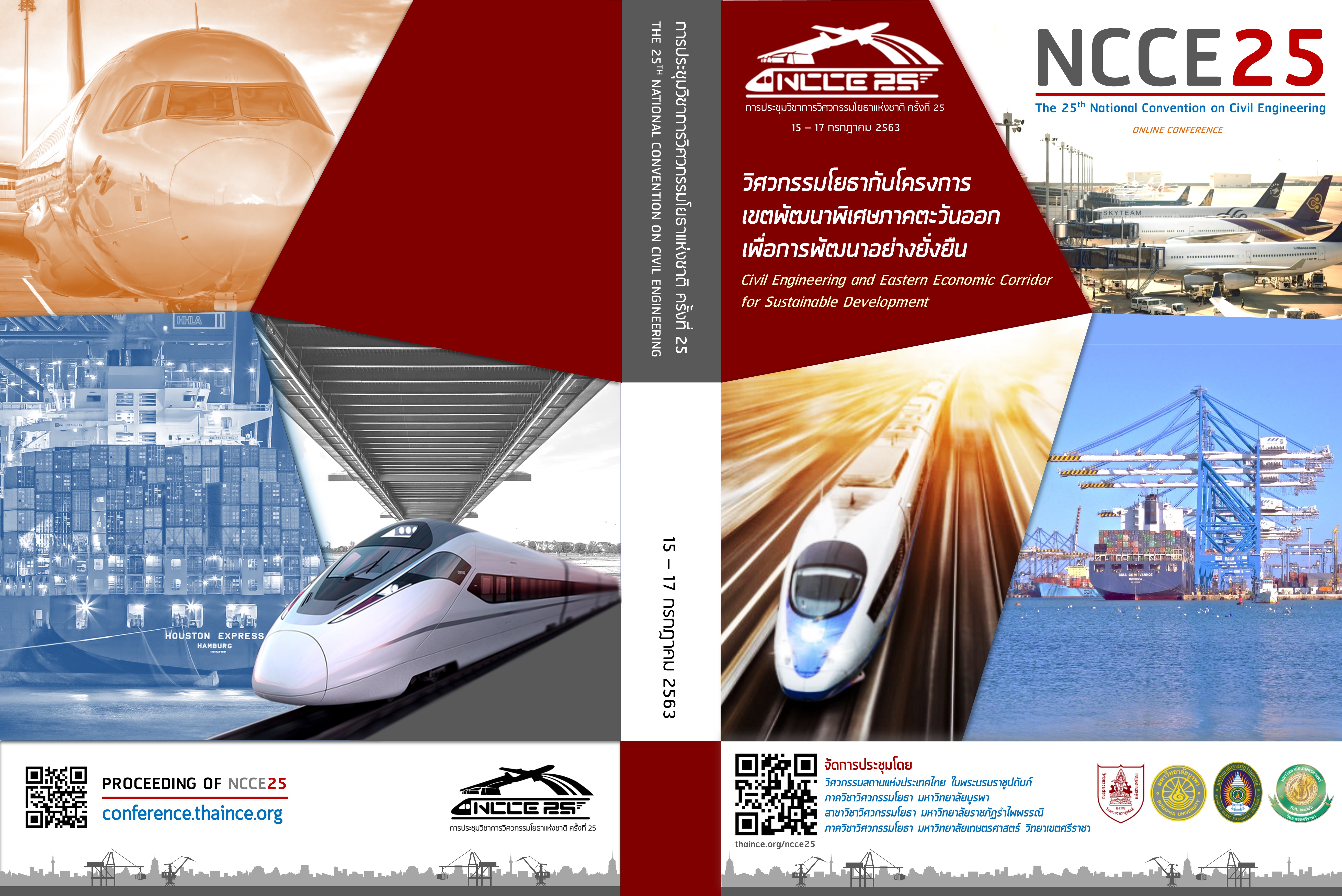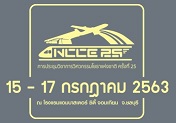Statistical Analysis of iRAP Star Rating on Thai Rural Road Network
Keywords:
Road Safety, iRAP, Statistical Analysis, Department of Rural RoadAbstract
Road Safety Problem is a huge competitive disadvantage of our country. While the major cause of most accident is human factor, road safety condition is another important risk factor that contribute to the frequency and severity of accident. Hence, it cannnot be neglected. Department of Rural Road has implemented the methodology of International Road Assessment Programme to evaluate the safety condition of road in responsibility. However, parameter used in iRAP methodology are based on foreign study especially accident modification factor which is the critical part of the model. The transferabilty of these parameter is questionable. This study is about the statistical analysis of iRAP star-rating against crashes data. The result of this study suggest the application of current iRAP model and developing framework for more localize model in the future
Downloads
References
[2] Ambros, J., Borsos, A., & Sipos, T. (2017). Exploring Alternative Approach to iRAP Star Rating Validation. Transportation Research Board 96th Annual Meeting, Washington DC, United States, 8-12 January 2017
[3] Brimley, B. K., Saito, M., & Schultz, G. G. (2012). Calibration of Highway Safety Manual safety performance function: development of new models for rural two-lane two-way highways. Transportation research record, 2279(1), 82-89.
[4] Hauer, E. (2001). Overdispersion in modelling accidents on road sections and in Empirical Bayes estimation. Accident Analysis & Prevention, 33(6), 799-808.
[5] Harwood, D. W., Bauer, K. M., Gilmore, D. K., Souleyrette, R., & Hans, Z. N. (2010). Validation of US road assessment program star rating protocol: Application to safety management of US roads. Transportation research record, 2147(1), 33-41.
[6] International Road Assessment Programme. iRAP Methodology Fact Sheet#6, Star Rating Score Equation. https://www.irap.org/methodology/
[7] International Road Assessment Programme. iRAP Methodology Fact Sheet#7, Star Rating Bands. https://www.irap.org/methodology/
[8] Jameel, A. K., & Evdorides, H. (2016). An investigation for an all-encompassing iRAP road Star Rating index. In Functional Pavement Design (pp. 1607-1616). CRC Press.
[9] Jermprapai, K., & Srinivasan, S. (2014). Planning-level model for assessing pedestrian safety. Transportation Research Record, 2464(1), 109-117.
[10] Ma, J., Kockelman, K. M., & Damien PhD, P. (2007). Bayesian Multivariate Poisson-Lognormal Regression for Crash Prediction on Rural Two-Lane Highways. Transportation Research Board 86th Annual Meeting, Washington DC, United States, 21-25 January 2007
[11] National Research Council (US). Transportation Research Board. Task Force on Development of the Highway Safety Manual, & Transportation Officials. Joint Task Force on the Highway Safety Manual. (2010). Highway safety manual (Vol. 1). AASHTO.
[12] Srinivasan, R., & Bauer, K. (2013). Safety performance function development guide: Developing jurisdiction-specific SPFs. Report FHWA-SA-14-005.
Downloads
Published
How to Cite
Issue
Section
License
บทความทั้งหมดที่ได้รับการคัดเลือกให้นำเสนอผลงานในการประชุมวิชาการวิศวกรรมโยธาแห่งชาติ ครั้งที่ 25 นี้ เป็นลิขสิทธิ์ของ วิศวกรรมสถานแห่งประเทศไทย ในพระบรมราชูปถัมภ์



